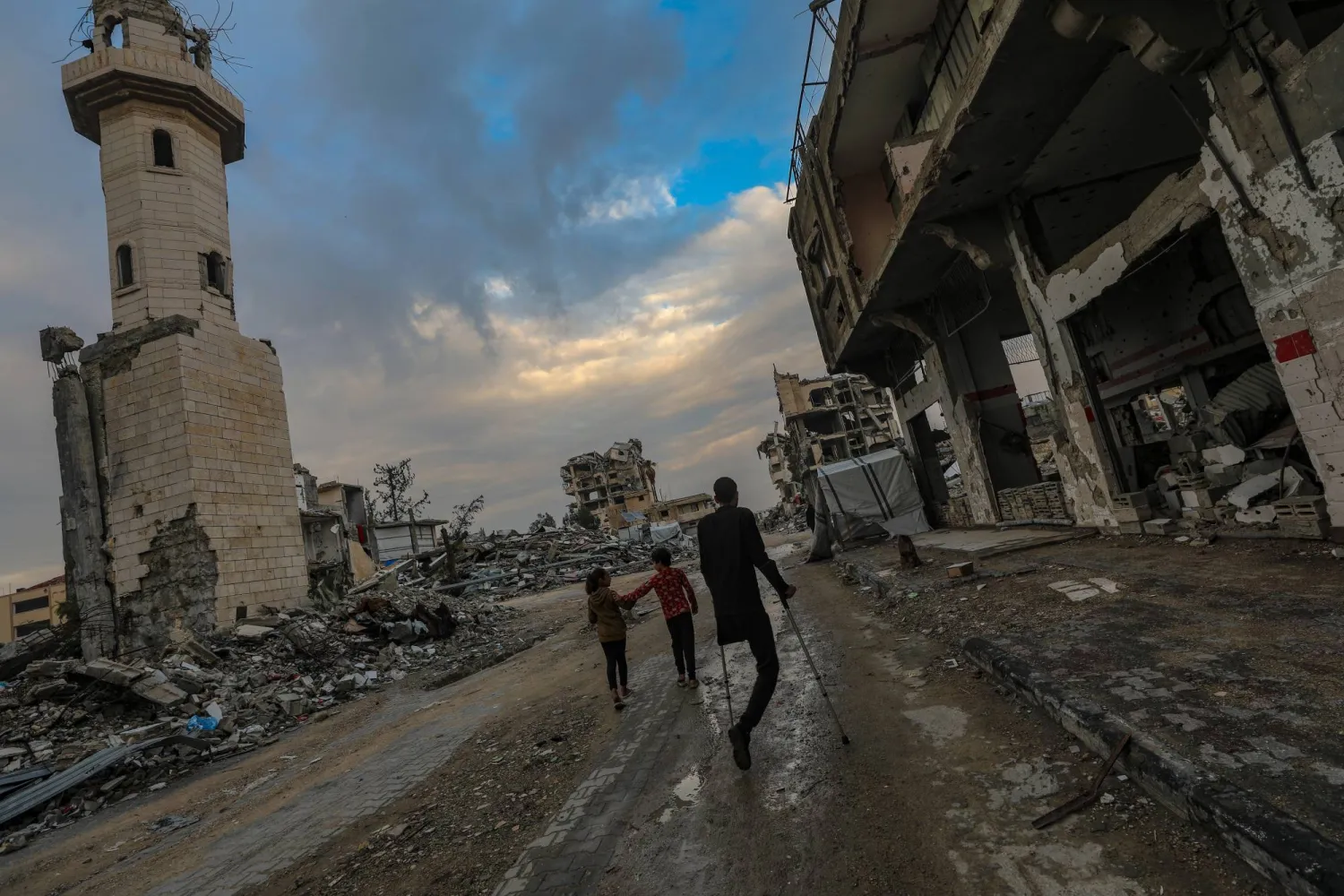The United Nations Food and Agriculture Organization (FAO) and the World Food Program (WFP) in Iraq issued a joint statement on the occasion of World Food Day on Monday on the future of Iraq’s agriculture and food security.
The statement was issued amid a drought wave hitting Iraq for the fourth consecutive year and an arbitrary water policy by upstream countries (Türkiye and Iran) towards Iraq.
The two agencies called for urgent action to address the root causes of today's food and water security crisis amid "limitless" challenges facing the world, including Iraq.
“Iraq has been experiencing increased drought for the past two years, brought about by the rising temperatures, reduced rainfall which is the lowest in 40 years in addition to reduced water flows in Tigris and the Euphrates rivers,” the statement said.
“This led to degradation of arable land, increased water, and soil salinity, which all contribute to serious loss of livelihoods and an increased pressure on the state national budget, which imports cereals to ensure enough food is available to the population.”
The statement quoted WFP Iraq Representative Ali Raza Qureshi as saying that Iraq remains one of the most affected countries globally by the adverse effects of climate change.
He warned that unless mitigation and adaptation are implemented, the future may not be promising for smallholder farmers and vulnerable groups in the country.
“We at WFP believe that food is the path towards peace and as such, serious action must be taken immediately by the government and the international community to adopt climate-smart food systems and long-term resilience building in order to ensure that Iraq and its people are able to navigate these testing times,” he said.
The statement noted that 20% of Iraq's workforce is engaged in the agricultural sector, which is the second largest contributor to the country’s gross domestic product (GDP) after the oil sector, accounting for 5% of the total GDP.
Thus, it stressed that the development of agriculture is critical to allow Iraq to achieve its vision of a more diversified economy, in addition to generating employment and boosting private sector engagement.
Iraq’s Ministry of Water Resources complains that it does not receive sufficient funds to modernize the irrigation system, which would reduce waste in the already scarce water.
It further slams the lack of response from the upstream countries (Türkiye and Iran) to its request to hold talks regarding the water issue and the drought Iraq has been facing.
The Ministry’s advisor, Aoun Dhiab, told Iraq’s News Agency INA on Sunday that the two neighboring countries haven’t responded to any request to hold discussions regarding the quantities of water entering Iraq.
He said the issue was raised at high-level meetings, the latest of which was during the United Nations General Assembly meeting.
Activists and specialists have recently launched a wide campaign to save swamplands threatened by drought.
According to the expert in water and marshes affairs, Jassim al-Asadi, the campaign aims to disclose the current conditions of marshes, such as drought, mismanagement of water, and the absence of government support.
Local officials in the marshlands underline the significant decline in these areas, in addition to the migration of dozens of families from rural areas to the city due to drought and lack of pastures, all of which have led to the deterioration of agriculture and the death of large numbers of buffaloes and cows.









